AI and machine learning applications have emerged as transformational forces, transforming sectors with their capacity to analyze massive information, make intelligent predictions, and automate complicated operations. However, the growing dependence on AI/ML necessitates the implementation of sophisticated security measures. This indicates AI/ML penetration testing to protect against possible threats and weaknesses.
The importance of AI/ML application security cannot be emphasized. Because these applications manage sensitive data and power crucial decision-making processes, a breach poses considerable dangers.
AI/ML applications, despite their transformational promise, pose distinct security issues. The sophisticated structure of machine learning algorithms provides weaknesses that malevolent actors may exploit.
To address these problems, an understanding of both AI/ML technology and cybersecurity concepts is required, emphasizing the importance of testing to keep ahead of threats. In this blog, we’ll discuss the benefits of testing AI/ML applications. We’ll also shed light on the best practices to do it, and how to conduct the security test. Keep reading!
The Rise of Cyber-Attacks on AI/ML Applications
The growing use of AI/ML testing services across businesses has revolutionized them, improving productivity, decision-making, and overall capabilities. However, the widespread use of these technologies has created a new set of cybersecurity issues.
As AI/ML applications grow, bad actors attempting to exploit weaknesses, industrial espionage, or even geopolitical benefits become increasingly interested. The complexity that makes AI/ML applications strong also makes them vulnerable to sophisticated cyber-attacks.
The evolving type of threats and the growing attack surface are driving the increase in cyber-attacks on AI/ML applications. Furthermore, adversaries are discovering novel methods to alter input data and trick machine learning algorithms, resulting in inaccurate predictions and potentially destructive outcomes.
Furthermore, because AI applications frequently rely on large datasets, guaranteeing the security and privacy of this data has become an urgent problem. The linked nature of AI applications, along with rising device connection via the Internet of Things (IoT), expands the attack surface, giving attackers new access points to exploit.
As organizations seek to capitalize on the benefits of AI, protecting against emerging threats necessitates a proactive and comprehensive approach to artificial intelligence and machine learning security testing services. This also includes robust penetration testing, continuous monitoring, and the implementation of advanced security measures tailored to the unique challenges posed by AI/ML applications.
Also read– A Comprehensive Guide to VAPT for Mobile Apps, APIs, and AWS Applications
What are the Cyber Threats in AI/ML Security?
AI and machine learning (ML) are making waves in a variety of sectors. These remarkable technologies are beginning to appear in more sectors of our lives, from self-driving cars to healthcare, banking, and even customer service.
However, as more businesses use these technologies and integrate them into vital business activities, they introduce new security vulnerabilities. Here are the most frequent data security vulnerabilities in AI/ML applications today:
1. Data Security
Data privacy is a delicate issue that requires special consideration and care. Attackers may employ malware to steal sensitive data sets such as credit card numbers or social security numbers. At all phases of development, your firm must undertake frequent AI and machine learning security assessments. Because privacy and security issues can arise at any point in the data lifecycle.
2. Data Tampering
In the context of AI and ML, the threats posed by data manipulation, theft, and disclosure are increased. Why? Because these applications intend to make judgments based on enormous volumes of data that malicious actors may have manipulated or altered. AI algorithms and machine learning apps are ostensibly neutral and unbiased, but how can we be sure? The possibility of data manipulation that feeds AI algorithms and machine learning apps is a massive issue with no easy answer, but it must be addressed.
3. Model Poisoning
Model poisoning is a type of adversarial assault that is used to alter the results of machine learning models. Threat actors may attempt to input harmful data into the model, causing the model to misclassify the data and make incorrect conclusions. Businesses can also prevent unscrupulous actors from tampering with model inputs by setting rigorous access management policies that limit access to training data.
4. AI-powered attacks
In recent years, bad actors have begun to weaponize AI to aid in the planning and execution of assaults. IT and security professionals must continually protect against more intelligent bots that are difficult to stop. When they block a different form of attack, a new one arises. In summary, AI makes it easier to impersonate trustworthy individuals or uncover flaws in present security protections.
5. Mass Adoption
As these applications gain popularity and global usage, hackers will devise new methods to tamper with their inputs and outputs. Combining strong coding techniques, testing methods, and regular updates when new vulnerabilities are revealed is the best approach to defend your firm against AI-related security risks. Don’t forget about traditional ways of cybersecurity prevention, such as employing advanced AI/ML penetration testing services to secure your servers from hostile assaults and external dangers.
Are you a business facing some of these major issues in your AI/ML applications? Don’t worry, we are here for you! Schedule a FREE call with expert cybersecurity consultants and secure your application today!
Talk to our Cybersecurity Expert to discuss your specific needs and how we can help your business.
The Fundamentals of AI/ML Penetration Testing
Pen testing, also known as penetration testing, is a proactive cybersecurity strategy that identifies vulnerabilities in applications, networks, or applications. Penetration testing becomes critical in the context of AI/ML applications to ensure the strong security of these sophisticated applications. Penetration testing is the practice of simulating assaults on an AI/ML application to identify potential flaws that hostile actors may exploit.
It is a regulated and ethical procedure in which cybersecurity specialists, often known as ethical hackers or penetration testers, simulate the behaviors of attackers to analyze the application’s resilience and find security problems. Furthermore, the fundamental goal of artificial intelligence penetration testing strategies is to detect and resolve vulnerabilities that may jeopardize the confidentiality, integrity, or availability of data and models.
Why Business Should Consider Robust penetration testing for AI applications?
Because of the particular nature of AI/ML applications, penetration testing is critical for various reasons:
1.Data Security:
AI/ML programs rely significantly on data, thus protecting it is critical. Penetration testing assists in evaluating the efficiency of data security applications, ensuring that sensitive information stays secure and is not vulnerable to unauthorized access.
2. Model Robustness:
Penetration testing measures a machine learning model’s resistance to adversarial attacks. These attacks also entail tampering with input data to mislead the model’s predictions, and penetration testing assists in identifying and fortifying these possible flaws.
3. Application Integration:
AI/ML applications frequently interface with numerous components and other applications. Penetration testing also assists in assessing the security of these integrations, ensuring that connections are safe and not vulnerable to exploitation.
4. Requirements for Compliance:
Many businesses and regulatory frameworks need frequent security evaluations. AI-driven vulnerability assessment solutions help firms achieve legal requirements and demonstrate their commitment to protecting AI/ML assets.
5. Cyber environment Awareness:
Penetration testing gives insights into the current danger environment by simulating real-world attack scenarios. This understanding enables firms to keep ahead of emerging threats and proactively improve their security applications.
Read more – Complete Guide to Choose the Best VAPT Testing Service Provider
What are the Methodologies Used for Comprehensive AI/ML Threat Analysis?
Penetration testing procedures are methodical approaches to assessing the security of AI/ML applications. The approach chosen is determined by the degree of information accessible to the tester regarding the application. Here are three important methodologies:
White Box Testing:
White box testing, also known as transparent box or glass box testing, is a thorough evaluation of the AI/ML application’s underlying structure, architecture, and code. Testers are intimately familiar with the application design, source code, and algorithms.
The goal of white box testing is to provide a comprehensive assessment of the application’s security posture. Testers can discover code-level vulnerabilities, evaluate the efficiency of established security safeguards, and comprehend the inner workings of AI/ML models. It is especially valuable for identifying weaknesses that may not be visible from the outside.
Advantages:
- Identifying vulnerabilities with pinpoint accuracy.
- Extensive knowledge of the application’s internal mechanics.
- This enables customized testing of certain components.
Black Box Testing:
Black box testing is evaluating the security of an AI/ML application without previous knowledge of its internal workings. Testers approach the application as if they were external attackers, imitating real-world circumstances in which the adversary has little knowledge of the application.
The goal of black box testing is to offer a realistic view of how an external threat actor may interact with the AI/ML application. It assesses the efficacy of externally facing security mechanisms such as network security, access restrictions, and input validation. This approach is useful for detecting vulnerabilities that might be exploited without knowing the underlying structure of the application.
Advantages:
- Real-world assault situations are simulated.
- Examines security controls that are visible to the public.
- Simulates the viewpoint of an ignorant threat actor.
Grey Box Testing:
A hybrid technique that incorporates parts of both white box and black box testing, grey box testing is a hybrid approach that combines components of both white box and black box testing. Testers have just a hazy understanding of the AI/ML application’s core structure, architecture, or source code. This technique creates a compromise between white box testing’s depth and black box testing’s realism.
The goal of grey box testing is to mimic assaults in which the adversary possesses some amount of insider information. Testers can concentrate on particular issues detected during the first assessments while also analyzing the application from a distance. This method balances the study’s depth and the testing situation’s realism to provide a comprehensive AI/ML threat analysis.
Advantages:
- Combines depth of analysis with real-world simulation.
- Allows for tailored testing based on incomplete knowledge.
- Simulates instances in which attackers have minimal insider knowledge.
Best Practices to Secure AI Models with Thorough Pentesting
With each wave of technological revolution, security, and IT professionals strive to strike a balance between security and the need to innovate. Some basic best practices to secure your AI models with thorough testing include:
- Review AI app activity, trends, behaviors, and data sensitivity regularly to discover hazards to the enterprise.
- Apps that do not fulfill genuine business needs or offer a disproportionate risk should be blocked.
- DLP rules should be used to detect posts that include potentially sensitive information, such as source code, regulated data, passwords and keys, and intellectual property.
- Use real-time user coaching (in conjunction with DLP) to remind users of business policy while using AI apps during engagement.
- Ensure that all security defenses exchange intelligence and collaborate to improve security operations.
- Examining the model deployment environment, API endpoints and any associated infrastructure is part of securing the model.
- A comprehensive threat model serves as the foundation for effective penetration testing, directing testers’ attention to crucial areas.
- Incorporate adversarial testing approaches to assess the AI model’s robustness to purposeful manipulations of input data.
How Can Service Providers Help in AI/ML Penetration Testing?
AI (Artificial Intelligence) and ML (Machine Learning) technologies have become essential components of many enterprises, allowing for remarkable advances in automation, data processing, and decision-making. However, the development of these technologies has created new concerns, notably in the field of cybersecurity.
Machine learning security testing experts will analyze the resilience of AI models, algorithms, and applications by utilizing their experience, assisting organizations in protecting against possible attacks, and ensuring the integrity of their sophisticated technical implementations. Furthermore, collaboration between enterprises and AI/ML penetration testing service providers is critical in this changing context for ensuring a safe and dependable digital environment.
Testers perform VAPT testing which includes particular steps in it. Here is the step-by-step guide to the process:
1. Gathering Information
The primary purpose of VAPT is to gather as much information as possible. This entails a two-pronged approach: using easily accessible information from your end, as well as leveraging a variety of methods and tools to obtain technical and functional insights. Furthermore, the VAPT company works with your team to collect crucial application information.
2. Planning
The VAPT service provider starts the penetration testing process by identifying the objectives and goals. Furthermore, they probe deeply into your application’s technical and functional complexity. This thorough examination enables testers to modify the testing method to address particular vulnerabilities and threats unique to your environment.
A thorough penetration testing strategy is developed, describing the scope, methodology, and testing criteria. They also gather and prepare the necessary papers and testing devices. Configuring testing settings, ensuring script availability, and building any specific tools required for a smooth and successful review are all part of this method.
3. Auto Tool Scan
An automatic and invasive scan is required during the penetration testing process, especially in a staging environment. This scan entails meticulously searching for vulnerabilities on the application’s surface level using particular VAPT tools. Furthermore, the automated tools imitate possible attackers by crawling through every request in the application, exposing potential flaws and security vulnerabilities.
By executing this invasive scan, the testers proactively detect and correct surface-level vulnerabilities in the staging environment, acting as a deterrent to possible attacks. Furthermore, this technique not only provides a thorough assessment but also prompt correction, enhancing the application’s security posture before it is deployed in a production environment.
4. Manual Penetration Testing
The service provider offers a wide range of thorough manual penetration testing services that are suited to your individual needs and security standards. This one-of-a-kind technique enables a comprehensive analysis of possible vulnerabilities across several domains. Additionally, this VAPT test performs a systematic review of online applications, looking for weaknesses in authentication, data management, and other critical areas to enhance the application’s security posture.
5. Reporting
The testing team detects and categorizes vulnerabilities found throughout the examination, ensuring that possible hazards are identified. A senior consultant does a high-level penetration test and evaluates the complete report.
VAPT security testing offers the highest degree of testing technique quality as well as reporting accuracy. Furthermore, this extensive documentation is a helpful resource for understanding the application’s security posture.
Components of the Report:
- Vulnerability Name: A unique identifier for each vulnerability, such as SQL Injection.
- Likelihood, Impact, and Severity: Quantifies the potential risk by assessing the likelihood, impact, and severity of each vulnerability.
- Description: Provides an overview of the vulnerability to help stakeholders understand it better.
- Consequence: Describes how each vulnerability may impact the application and underlines the need for mitigation.
- Instances (URL/Place): Identifies vulnerability locations, allowing for more targeted repair operations.
- Proof of Concept (POC): This section includes both a step-by-step instruction and a Proof of Concept (POC) for validating and replicating each vulnerability.
- Remediation: Offers specific ways for eradicating found breaches and promoting a secure environment.
- CWE No.: Assigns Common Weakness Enumeration IDs for precise categorization and reference.
- OWASP TOP 10 Rank: The position of the vulnerability in the OWASP TOP 10, indicating its significance in today’s threat landscape.
- SANS Top 25 Rank: The position of the vulnerability in the SANS Top 25, which helps to contextualize its relevance.
- References: For a better understanding of vulnerabilities and associated corrective procedures, additional resources and references are supplied.
This thorough reporting technique guarantees that you and the developers obtain pertinent insights into the application’s security status as well as actionable advice for a strong security posture.
Isn’t it tough to read all of this and understand what the pentest report looks like? Here’s how to fix it: Request a Sample Report!
Latest Penetration Testing Report

6. Remediation Support
If the development team requires assistance in replicating or mitigating identified vulnerabilities, the service provider provides a vital service via consultation calls. Furthermore, penetration testers with an extensive understanding of the detected flaws encourage direct participation to assist the development team in efficiently assessing and responding to security concerns. Furthermore, this collaborative approach guarantees that the development team receives competent guidance, enabling the smooth and rapid resolution of vulnerabilities to improve the application’s overall security posture.
7. Retesting
Following the development team’s completion of vulnerability mitigation, a critical stage of retesting occurs. Furthermore, our staff conducts a thorough assessment to ensure the effectiveness of the therapies offered. The final report is long and covers the following sections:
- History of Discoveries: This section contains a comprehensive list of vulnerabilities discovered in prior assessments, making it simple to follow the progress of security solutions.
- Condition of Assessment: Indicates the state of each vulnerability, whether it has been rectified, ignored, or deemed out of scope, as well as a full description of the remediation outcomes.
- Screenshots: Physical evidence and photographs are provided to the retest report, providing visible proof of the repaired vulnerabilities. Furthermore, after the procedure is done, this checks the approach and ensures a comprehensive and accurate assessment of the application’s security situation.
8. LOA and Certificate
The testing business goes above and above by delivering a Letter of Attestation, a critical document in VAPT security testing. Furthermore, this letter, which is backed up by data from penetration testing and security assessments, serves several functions:
- Security Level proof: Use the letter to obtain tangible proof of your organization’s security level, assuring stakeholders of the strength of your security applications.
- Stakeholder Protection: Use the letter as physical evidence of the breadth of your security measures to demonstrate your commitment to security for clients and partners.
- Satisfaction with Compliance: Address compliance concerns as quickly as feasible, since the Letter of Attestation is a vital resource for satisfying regulatory obligations and demonstrating compliance with industry-specific security processes.
In addition, the testing organization will give you a Security Certificate, which will improve your capacity to represent a safe environment, boost confidence, and satisfy the demands of many stakeholders in today’s evolving cybersecurity scene.
Also read- VAPT and its Impact on Reducing Cybersecurity Vulnerabilities
Who is the Best Company For AI/ML Penetration Testing?
Qualysec Technologies is a model of excellence in the field of digital ecosystem fortification, flawlessly merging cutting-edge AI ML testing services in India with uncompromising reliability and efficiency, all while persistently advocating for the security of AI and machine learning applications.
We create tailored security solutions that exceed the most severe industry requirements, thanks to our breakthrough AI-driven vulnerability assessment and penetration testing methodology. Furthermore, our dedication to protecting your AI and machine learning applications from changing threats is illustrated by our cutting-edge Hybrid AI Security Testing technique, which combines automated assessments with thorough manual penetration testing.
We also assure the resilience of your applications by leveraging the expertise of our expert pentesters steeped in the complexities of AI and ML model security assessment services. We effortlessly integrate cutting-edge in-house tools with industry-leading solutions into our AI penetration testing arsenal.
Furthermore, Qualysec is your unshakable ally in navigating the complex environment of regulatory compliance, including GDPR, SOC2, ISO 27001, and HIPAA. We understand the importance of compliance in the AI area and offer specialized solutions that integrate easily with these regulatory frameworks.
The empowering of developers is key to our purpose. Our comprehensive and developer-focused penetration testing reports serve as enlightening guides, providing specific insights on vulnerability locations and step-by-step solutions. Not only do we uncover possible vulnerabilities, but we also provide your team with the information they need to improve the security posture of your AI and machine learning applications.
Qualysec has proudly maintained a flawless zero-data-breach record, safeguarding over 250 applications and spreading our knowledge to 20+ countries through a worldwide network of 100+ partners. Connect with Qualysec now to elevate your digital security with an unrivaled experience.
Imagine a future where your AI and machine learning applications thrive in an invincible fortress of protection. Feels bright, right?
Conclusion
In conclusion, the environment of AI/ML penetration testing is always evolving, reflecting the dynamic nature of both technology developments and cyber threats. As artificial intelligence and machine learning enter more and more aspects of our lives and companies, the necessity for deep learning model penetration testing becomes increasingly important.
The high speed of AI/ML technology progress brings new issues that necessitate adaptive and anticipatory security methods. Furthermore, attackers are utilizing innovative approaches to exploit weaknesses in machine learning models and threaten data integrity.
Staying watchful and adaptable is critical in this ever-changing world. Collaboration among cybersecurity specialists will be critical in developing robust security frameworks. Furthermore, as companies embrace the revolutionary power of AI/ML, security strategies must evolve to ensure that the promise of the technologies is fulfilled.
Only by a proactive and collaborative effort will we be able to ensure the future of AI/ML applications and fully realize their promise for good social effect. Contact us today!
FAQs: Frequently Asked Questions
What is the advantage of AI penetration testing?
Penetration testing on AI apps has some significant advantages. For starters, it aids in identifying and addressing weaknesses in the AI system, ensuring strong security measures are in place. Furthermore, Penetration testing lets enterprises proactively build their AI defenses by replicating real-world attack situations, averting possible breaches and unauthorized access.
What is the Role of AI in cybersecurity?
AI is transforming cybersecurity by improving threat detection and response capabilities. Machine learning methods allow AI systems to swiftly examine large volumes of data, discovering patterns and anomalies that may indicate cyber dangers. Furthermore, this proactive method enables early identification of possible threats, assisting firms in staying one step ahead of hackers.
How is AI used in penetration testing?
AI in penetration testing can help detect vulnerabilities and cyber security risks that attackers could use to obtain unauthorized access to your company. With machine learning’s ability to analyze massive volumes of data, it will rapidly detect questionable trends.









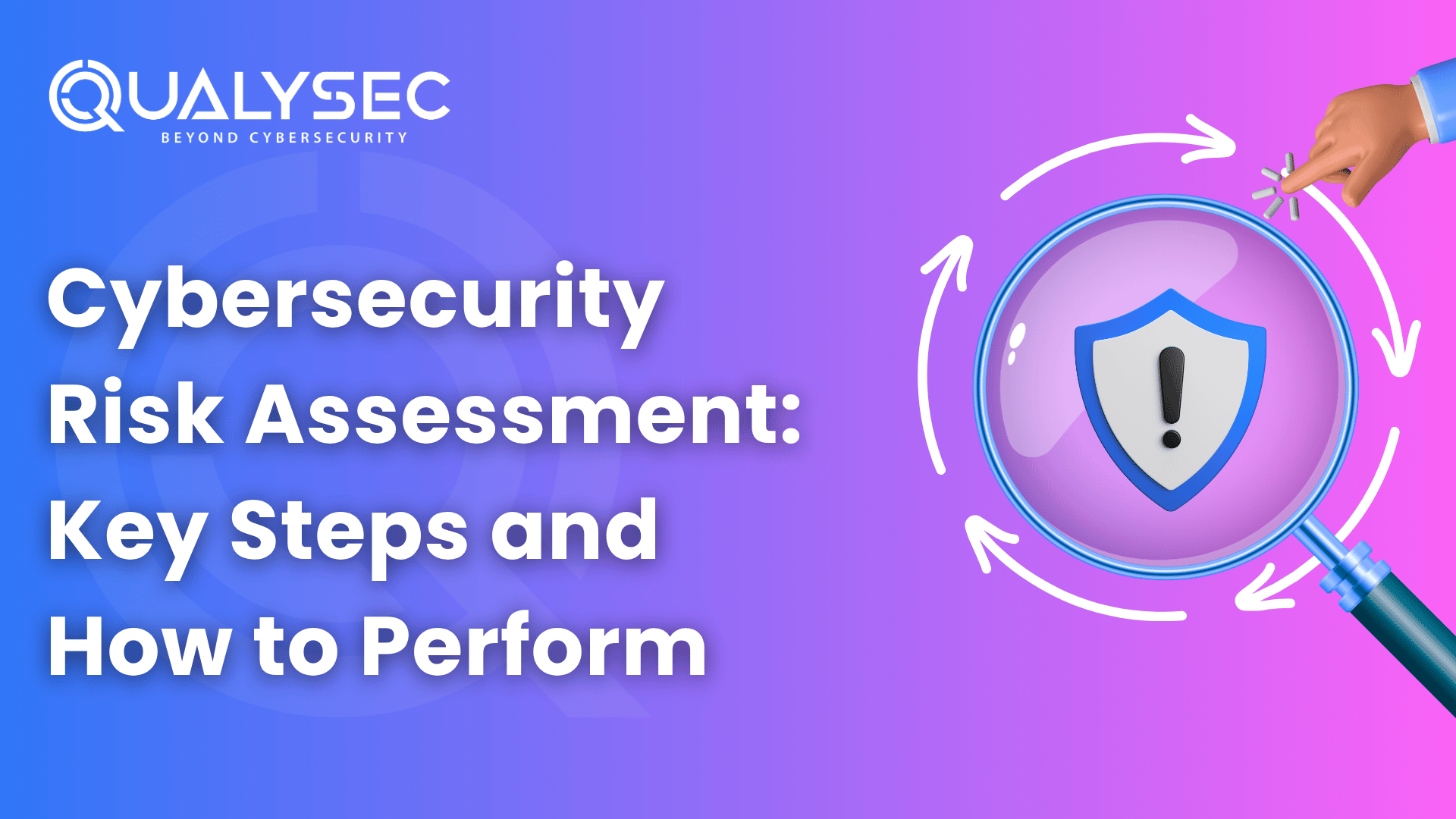
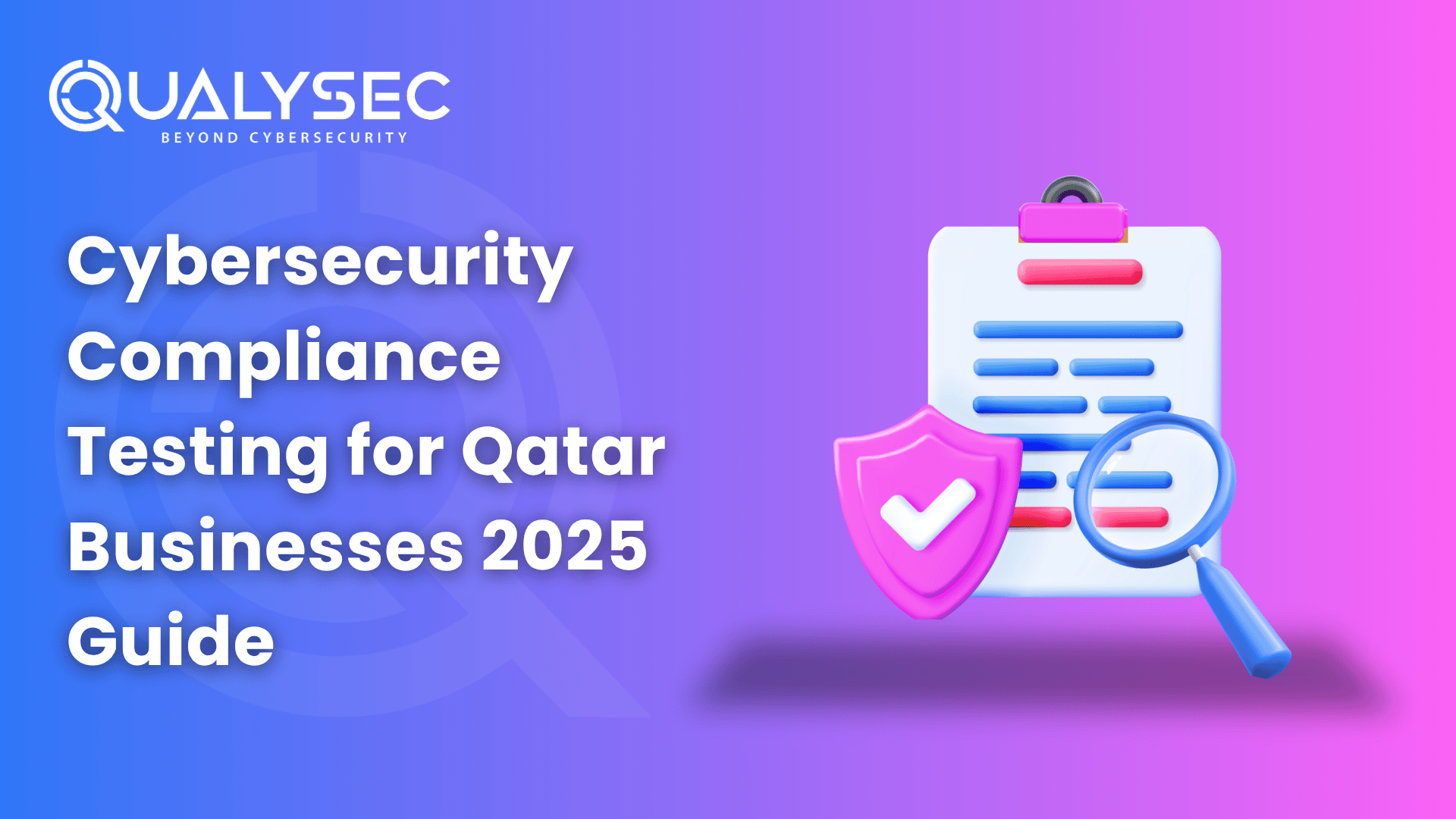
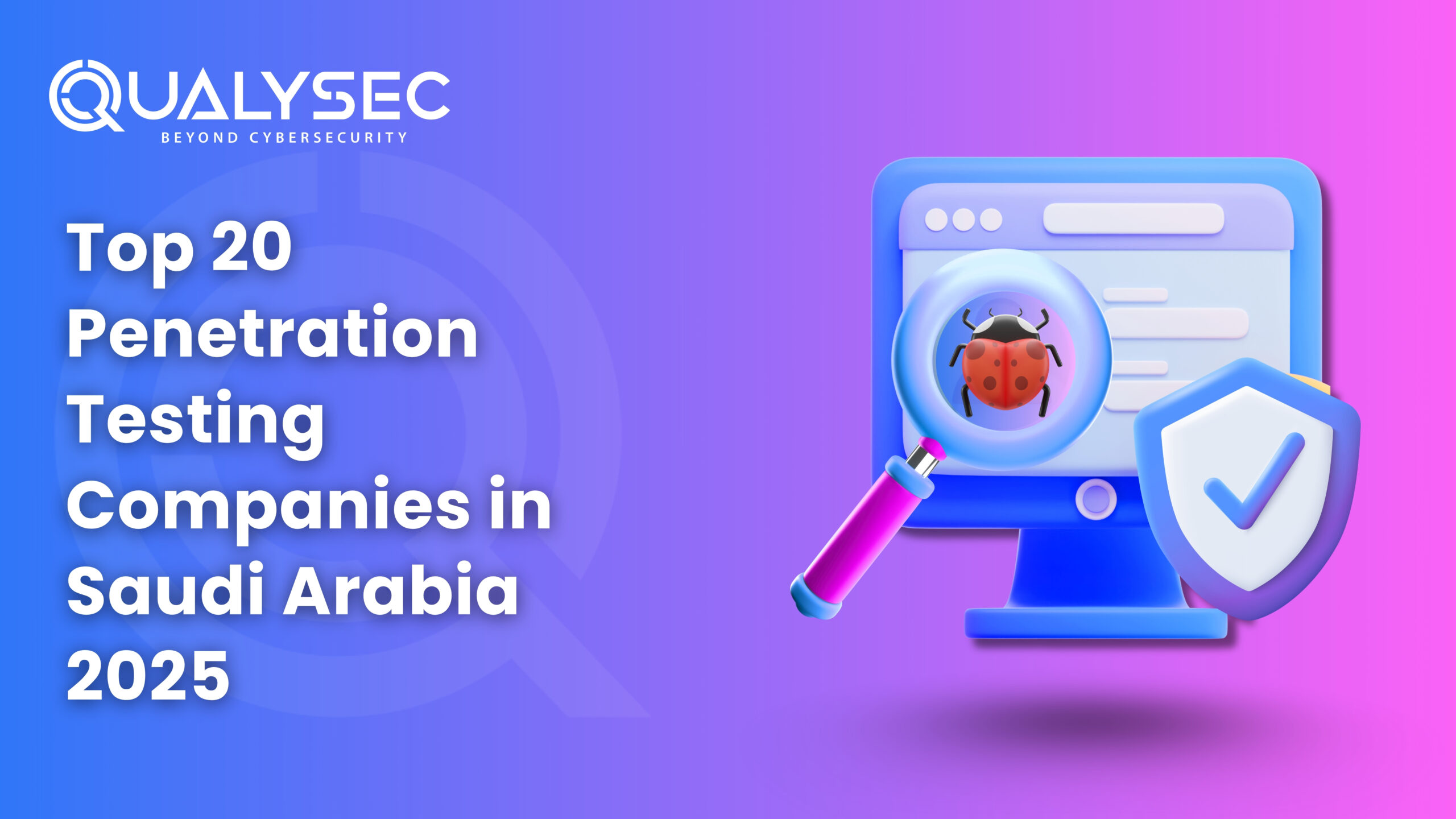

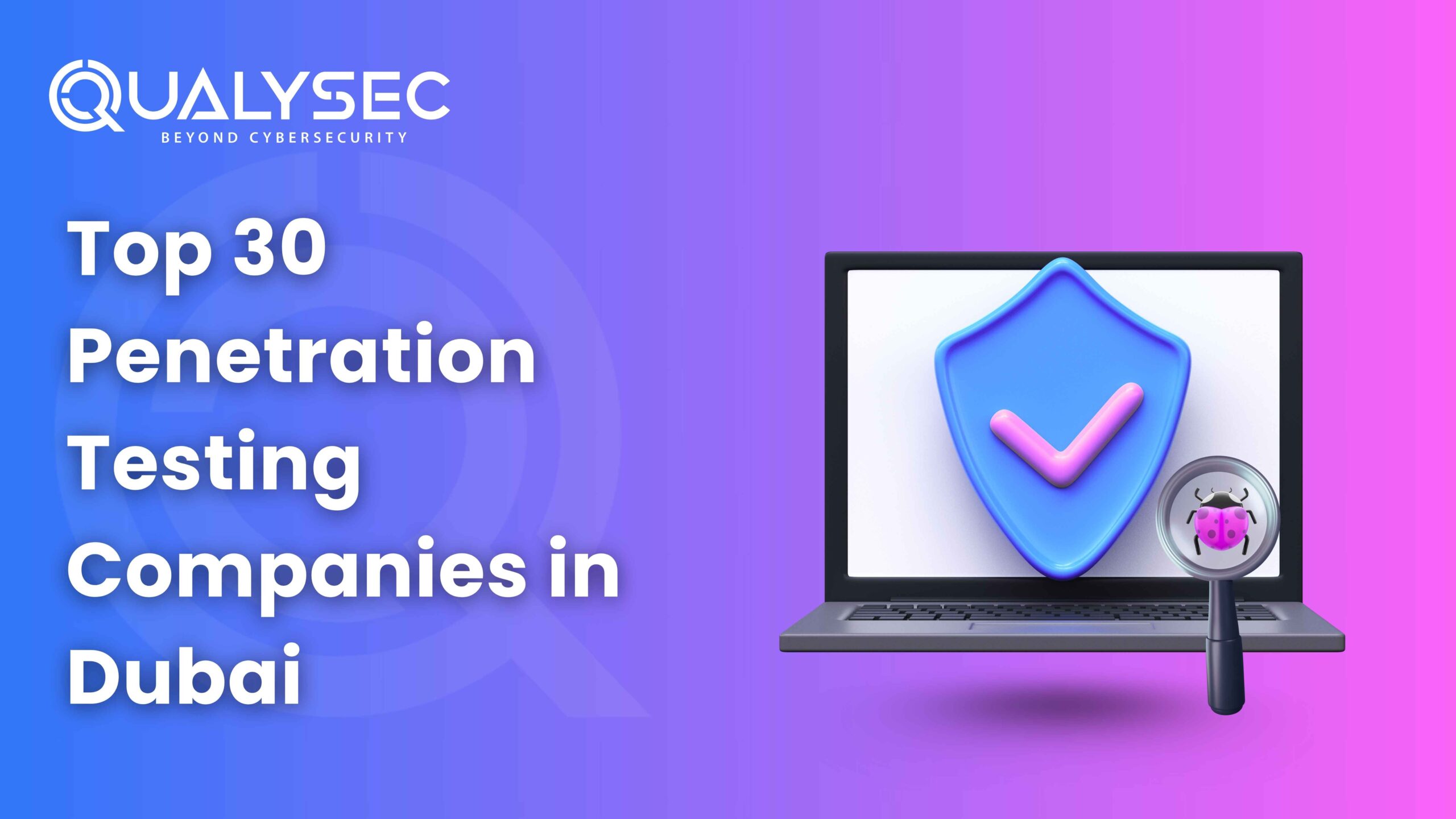

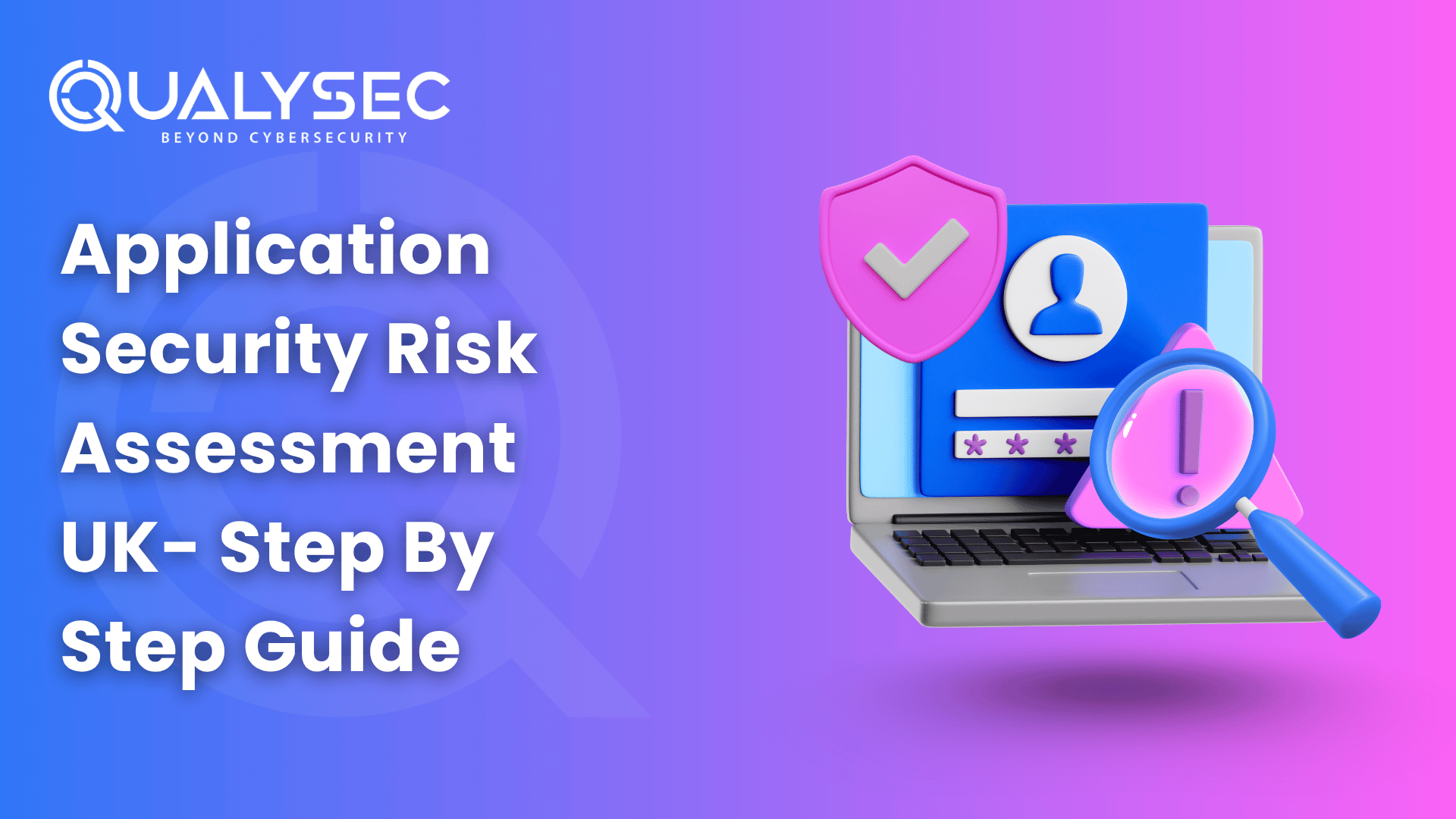























































































































































































































































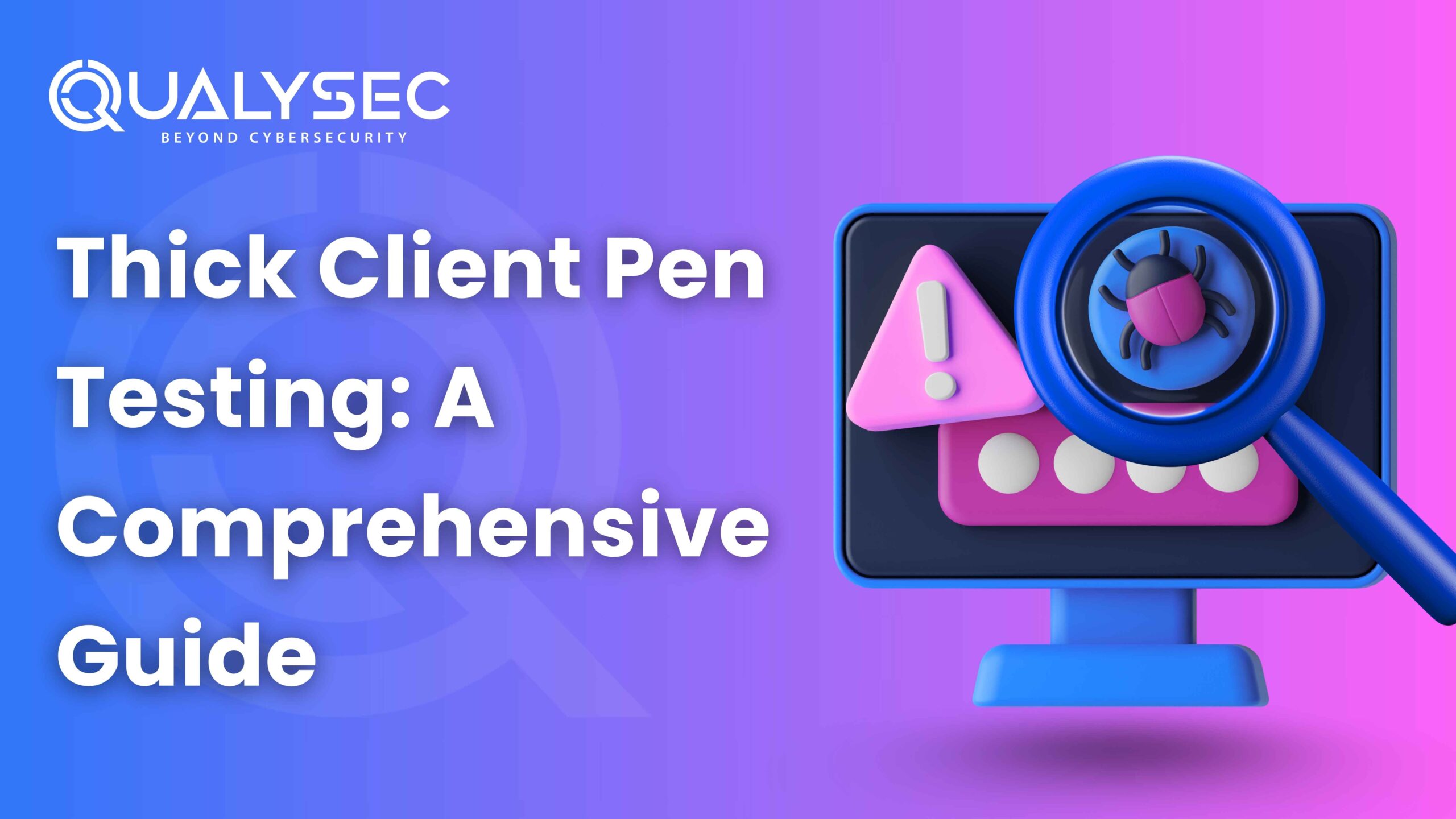
































































0 Comments